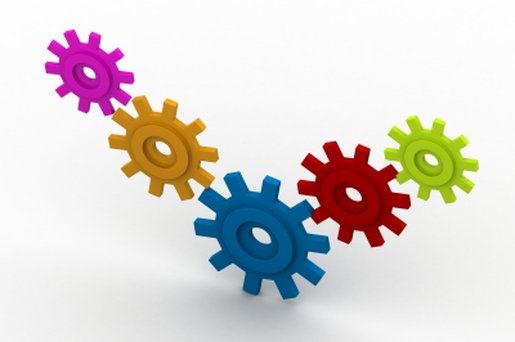The agile process does not have to conflict with the requirements and goals of regulators and investors.
March 28, 2016

An agile product development process does not have to conflict with the requirements and goals of regulators and investors.
Blake Alberts
This past November, the International Council on Systems Engineering (INCOSE) Healthcare Working Group held a workshop on the agile systems development process for medical device developers. The goals of this workshop were straightforward: bring together a small number of companies in the medical device industry to discuss the application of agile practices within the scope of systems engineering and product development, scaling the agile manifesto to apply to more than just the software discipline. Those in attendance, a mix of engineers and managers from some of the largest device manufacturers, sought to find avenues to better understand and advance agile practices in systems engineering.
Agile practices have only recently gained acceptance in the FDA-regulated medical device industry—an industry that tends to be entrenched in dogma surrounding its practices. Furthermore, those breakthroughs have tended to be in the domain of software development, where agile originated.
Learn more about medical device product development at BIOMEDevice Boston, April 13-14, 2016. |
The waterfall process, by far the favored approach of the medical device industry, is characterized by its linear and sequential style. Project phases are discretized into tasks to be taken on by teams whose work is contained within their activity. It is not uncommon, in the complex and highly regulated healthcare ecosystem, for these teams to be large. Optimized for the activity at hand, teams in the waterfall approach are specialized to complete a subset of tasks within the project.
Agile, by contrast, seeks to enable small, maneuverable teams with the sufficiency required to bring an outcome or feature of a project from conception to completion. Agile empowers these small teams to continually develop or evolve the plans necessary to complete their tasks.
The evolutionary element of agile is both what attracts engineers to the process and what draws them away from it. It affords teams the ability to adapt quickly to the inevitable changes that come from complex development, thereby promising faster innovation and return on investment. However, it defies the traditional workflow of design and development. The sequential nature of the waterfall approach looks good on project plans, as it allows for check boxes and percent completions to be accounted for along the way, but it hinders a team’s ability to adapt to the inevitable changes that come with complex system development.
The INCOSE workshop participants all agreed that the agile process does not have to conflict with the requirements and goals of regulators and investors. We discussed the need to educate all parties involved on the nature of agile. Additionally, we attempted to address the ways those responsible for implementing agile can deal with the stereotypes and beliefs of those who say that agile cannot work for product development.
Refinement of the agile process for broader discipline coverage is key to moving the agile community forward. That is particularly true in the area of hardware development, where high costs and longer lead efforts are used as examples of where the agile process can’t work. The workshop group agreed that the most resistance to agile is found in hardware and embedded firmware development.
Finally, the medical device development community needs to further develop resources and case studies that can be used to reinforce the foundations necessary for the adoption of agile. AAMI’s technical report on agile software development for medical devices has created a stepping stone for the practices to gain a foothold in the healthcare industry, but there still is a long way to go before agile will gain widespread acceptance outside of software development.
I appreciated the opportunity to participate in this workshop, and thank all of the other participants for sharing their experiences and thoughts. The INCOSE Healthcare Working Group has identified some important next steps to follow on the progress of this meeting. They aim to bring together more individuals, possibly expanding outside of device development to the larger healthcare community, in a conference setting. Additionally, they seek to partner with AAMI in order to leverage the resources from that group to further advance agile for product development. I look forward to participating in more events like this one in the future.
Blake Alberts is a research scientist for commercial, industrial, and medical products at Battelle.
[image courtesy of RENJITH KRISHNAN/FREEDIGITALPHOTOS.NET]
You May Also Like
